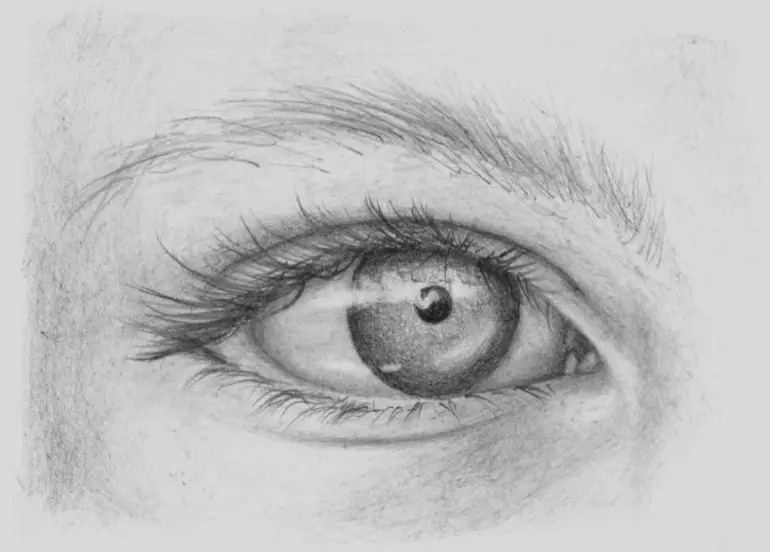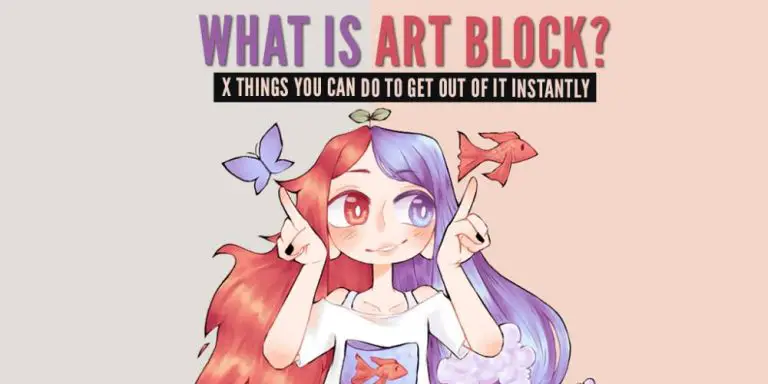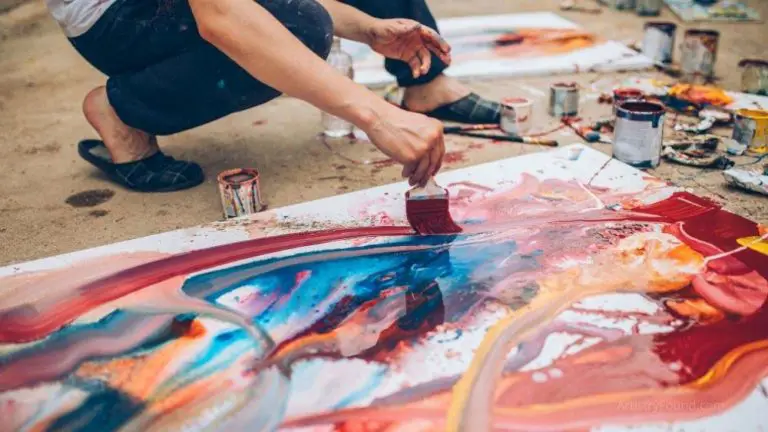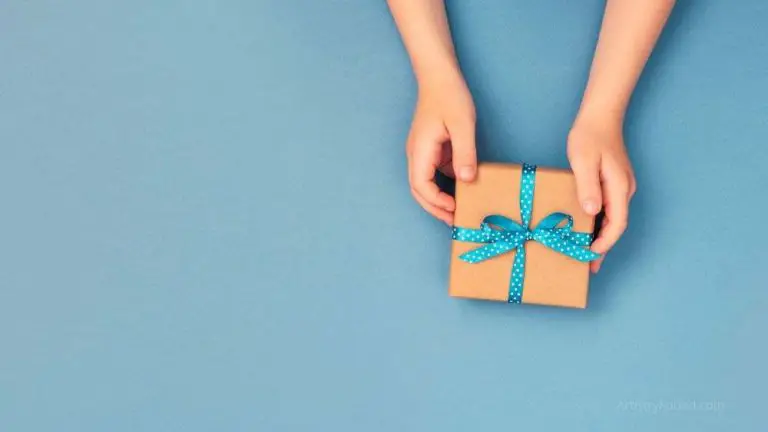Creative vs Artistic (What’s The Difference?)
Not every creative person is an artist. Despite the two traits having a lot of overlap, there are fundamental differences between a creative person and an artistic one.
A creative person uses their imagination to formulate ideas and solve problems. An artistic person, however, uses one of many physical processes to create tangible works of art. Artists require creativity to further their craft. While only some people have artistic abilities, everyone is, or can be creative.
The artistic abilities of master artists, such as Da Vinci and Michelangelo, are exceptionally rare in this world. Subsequently, a lot of people go through school and grow up believing they aren’t artistic and, as such, aren’t very creative.
However, it’s easy to fall into the misconception that creativity and artistry are the same thing. While only some people have artistic talent, every one of us has the ability to be creative.

(This article may contain affiliate links and I may earn a commission if you make a purchase)
Creative vs Artistic: Creativity Transcends Art
One of the most important differences between creativity and art is the fact that creativity isn’t bound by the shackles of art itself. Art comes into being in the physical realm. The end result of art is something that must be either seen, heard, touched, tasted, smelled, etc.
Creativity, on the other hand, exists on an intellectual plane and is not restricted by physical limitations. Another word for creativity might be “idea”. Ideas, and thus creativity, can be experienced across all areas of human existence. Creativity can be applied in the areas of business, relationships, health, and technology. Creative thinking can be used in all areas of life.
What Does It Mean to Be Creative?
Creative ability is hardwired into human DNA. As our species developed and began to take over the world, creativity became a huge component of our successes in the face of potential predators and natural disasters.
We humans may not have been the strongest, or the largest, but we did have the ability to outsmart and out-invent any possible adversaries. Creative thinking came in the form of high-level problem solving. When the weather got too extreme, we built shelters. When food became scarce, we grew it ourselves. The innovation gene has always been with us.
Although most modern humans no longer have to deal with prolonged food shortages and attacks from sabre-tooth tigers, our creative streak remains as prominent as ever. Setting up a business, for example, is a more modern example of high-level creativity.
Sourcing the materials, hiring the right staff, and developing a brand are all aspects that require a serious amount of innovation and creative expression. Whilst these endeavors may not be ‘artistic’, they still require boatloads of advanced cognitive application.
To be a creative individual means to use mental imagery to conjure up an idea, business, solution, or product that didn’t exist in that form before. It can be as simple as inventing a new game to play with your kids or as complex as building a multi-million dollar corporation.
Can Creativity Be Taught or Is It An Inherent Trait?
One of the most enduring questions regarding creativity is whether creativity is an inherent trait you’re born with, or can it be spontaneously devised and taught.
Although every person has creative abilities, some seem to possess more of it than others. Whilst some of this comes down to natural predisposition and talent, it’s still very much possible to teach somebody to be a more creative thinker. However, the actual “feeling” of wanting to be creative is as impossible to predict as any other state of mind.
Pablo Picasso famously said ”good artists copy, great artists steal”. If you’re somebody who struggles with thinking outside of the box, inspire yourself by researching the creative methods of others and consider how you can implement their practices into your own life. However, you’ll still have to wait for inspiration to strike in your own areas of interest.
What Does it Mean to be Artistic?
It could very well be argued that artistry has been with us just as long as creativity. There are an abundance of cave paintings, sculptures, and musical instruments that date back even to prehistoric times. Art is a skill that provides a much-needed outlet for the cavalcade of complicated emotions that is the essence of the human experience.
Artists are inherently creative types. They’d be unable to express their ideas if they didn’t think of them in the first place. Being artistic happens when a person applies a skill to their creative idea. The creativity serves as the genesis, whilst the art itself is the final realization of those ideas.
Not Everybody is Born Artistic
Unlike creativity, artistic ability can’t really be taught. It can be developed, certainly, but only if the person has a baseline talent or passion for their respective artistic pursuits.
Having artistic ability means being able to display your thoughts, feelings, and ideas in a way that is compelling and technical. Beethoven, for example, was a highly gifted and artistic composer, but he also had the technical expertise to actually play the beautiful music he created.
Artists Adopt a ‘Craftsmen Approach’ to their Work
Whilst creativity itself can’t really be forced, art can. William Shakespeare, for example, is one of the most famous artists of all time, but he also undertook a painstaking ‘craftsmen’ approach to his work.
He studied the greats and developed a deep understanding of literary theory and character development. He wrote and then re-wrote drafts of his plays time and time again. Just as a sculptor would laboriously chisel out their work from a blank piece of marble, Shakespeare built his plays using a strong work ethic and great attention to detail.
Art Means More than Sculpture and Painting
We tend to pigeon-hole art as something that only exists in the visual realm. However, art can be found all around us. A simple home-cooked meal is art, for example. Smartphones are art. Clothing is art. Music is art. Even sports can have artistic flair. Whilst all these things may sound wildly different, they all started from a creative process where artistic intent was then applied.
I once knew a man, who worked in the construction industry, show me a snow sled he had constructed in his spare time. It was beautiful! The curves of the metal blades and the finely crafted woodwork were truly a work of visual art. When I referred to him as an artist, he demurred and stated that he didn’t have any artistic ability, he just knew how to build things.
He started with an idea, which was creative, and ended with an artistically crafted manifestation of that idea. If that isn’t art, I don’t know what is!
Can Somebody Be Artistic Without Being Creative?
It’s definitely possible to be creative yet not artistic, but it’s quite impossible to be artistic and not creative.
That’s because art doesn’t exist in a bubble. There are always myriad influences and ideas behind any completed art piece. Films, for example, are a form of art. Yet directing a film requires a mastery of several different creative roles and a deep understanding of theory and influence.
Creativity is the process and the art itself is the culmination of that process. It’s a distillation of the ideas, genius, and mistakes that have gone into that particular work and is a representation of its creator’s mind and beliefs.
The creative process is a state of mind, just as sadness and joy are. It can’t really be forced for any significant amount of time, but the fruits of that organic creative process can. Creativity may be fleeting and temporary, but art can be molded and painstakingly chiseled into place.
You may not be destined to create the next Mona Lisa, but you still have bags of creativity that you haven’t yet realized.
Final Thoughts
Creative vs artistic abilities are really two entirely different traits that can be used together in complimentary ways to create great works of art. While creativity can be used on its own, separate from art, unique art requires creativity to jump start the process.







